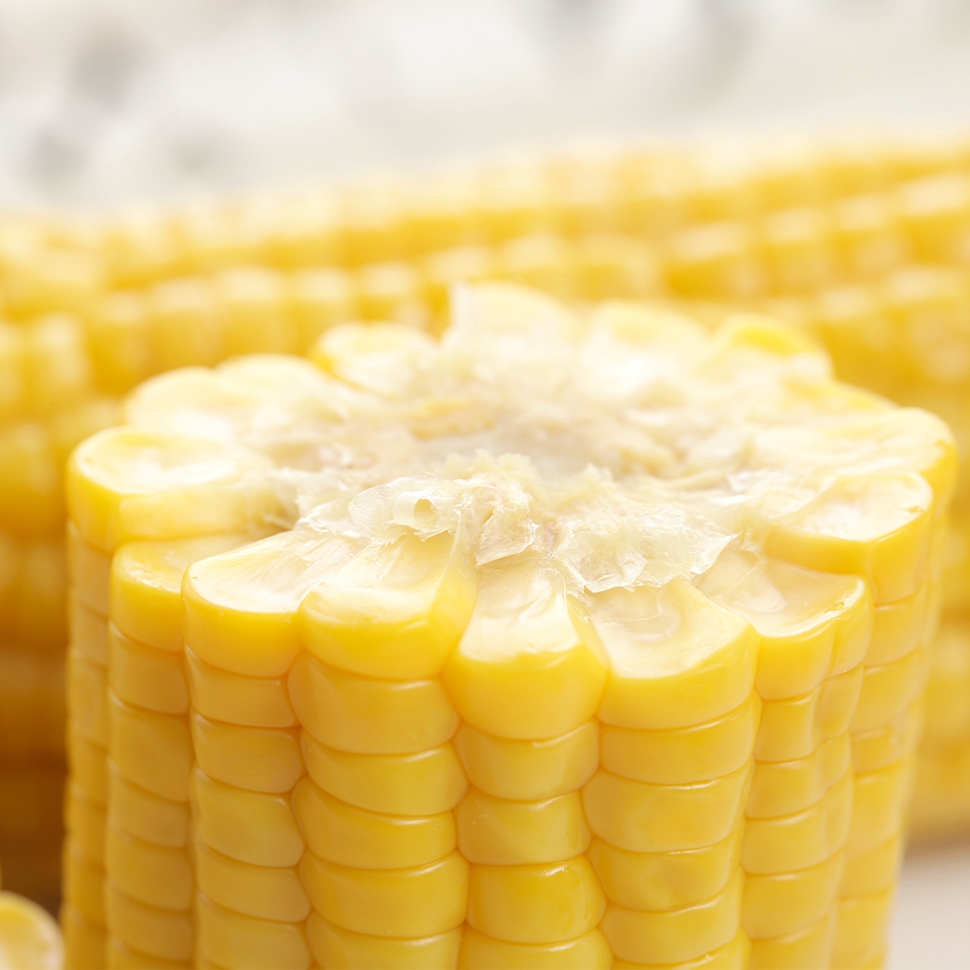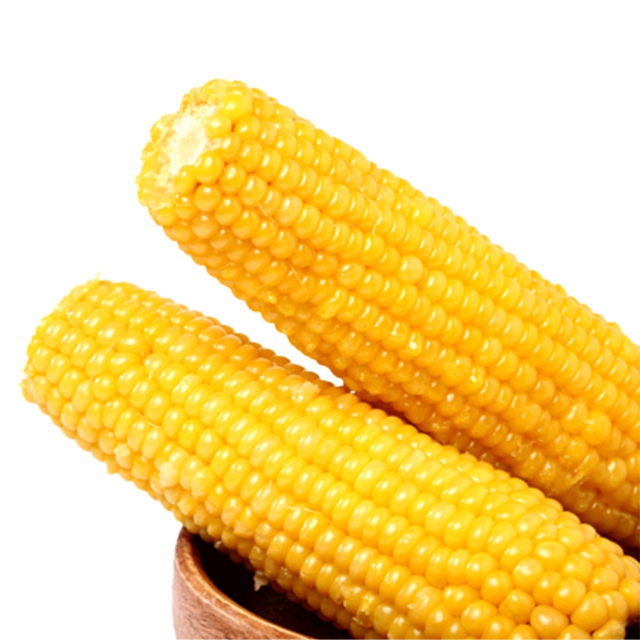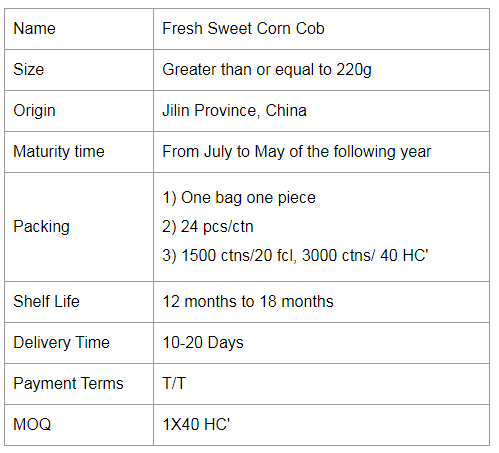Cucumber production in deep winter greenhouses is good
In the winter season, the temperature is low and the illumination is poor. It is more difficult to cultivate cucumbers in greenhouses. The farmers should pay attention to the following nine aspects of management. First, choose a good variety Choose good precociousness, strong resistance to low temperature and weak light, strong resistance to downy mildew, powdery mildew, fusarium wilt and other diseases, not premature aging, melon dense, high yield potential, beautiful appearance, good taste, such as Jinyou 35 , Jinyou 36, Jinyou 38, Jinyou 2 and other varieties. Second, grafting seedlings Black seed squash or white seed squash can be selected as the rootstock for grafting and raising the resistance of plants. Three, enough base fertilizer Before planting Mushi high-quality organic fertilizer (for high-quality rotten pig manure as an example) 5000 kg, 4 kg of nitrogen fertilizer (reduced urea 8.7 kg), phosphate 6 kg (reduction of 50 kg of calcium phosphate), potash 3 kg (6 kg of potassium sulfate ). Fourth, scientific management of fertilizer In winter, strict water management is required. In the season where the minimum ambient temperature is below -15°C, water is generally not watered. In the season where the minimum temperature is above -10°C, sunny days are used for watering and the cover film is used for waterlogging. If the vegetables are short of water, the cold flow should be selected. After a good day and fine weather, drip irrigation under the membrane or irrigation under the membrane can be used. In the deep winter season, soil topdressing should be done as little as possible, but foliar dressing can be carried out properly. Generally, 0.3% potassium dihydrogen phosphate, 0.3% calcium nitrate, and 1% glucose solution can be sprayed on the foliage; Watering and fertilizing times. Fifth, strengthen the management of temperature and humidity Overwintering greenhouse cucumber production at 8 o'clock in the morning temperature should be 10 °C ~ 12 °C, if the humidity exceeds 90% can put a small breeze, and then cover the strict warming, to the temperature rise to 30 °C, the wind should be cooling and humidity, keep Relative humidity is below 80%. When the temperature in the shed fell to 26°C, the air outlet was kept warm, and gradually dropped to 18°C ​​when the temperature was reached. In order to prevent the condensation of humidity at night, the wind should be protected from wind for 1 to 2 hours after dehydration to reduce the humidity and ensure that the minimum temperature in the shelter is not lower than 10°C. Six, strengthen the control of humidity and disease prevention In the deep winter or continuous low temperature rain and snow weather, the humidity in the greenhouse is high, and it is easy to induce the disease. It should be ventilated and ventilated in a short time at noon to control the occurrence of disease. Note that the temperature in the booth is controlled within the range of 15°C to 25°C, and the relative humidity of the air is controlled below 90%. After the onset, aerosols and dust can be used for prevention and treatment. Seven, appropriate control results Sustained low temperature, rain and snow conditions, weak plant growth, early fruit harvesting and appropriate sparse fruit thinning, so as not to increase the burden on the plant, making the plant more fertile, reduce resistance to stress. After fine weather, it gradually transferred to normal management. Eight, pay attention to prevent heavy snow Cover the grasshopper with plastic film before snow to prevent weeding. Prepare alternate columns in advance. In the event of heavy snowfall, replenish the columns in time to prevent the collapse of the greenhouse. Snow can be cleared of snow after snow, but snow should be followed by cleaning snow, to prevent heavy snow pressure collapsed greenhouse. Timely clear the snow around the greenhouse, clear the drains and prevent snowmelt hazards. Nine, strengthen the management after a long period of sunshine After the end of the cloudy days, slowly raise the temperature of the greenhouse by pulling the flower buds. Try not to water the roots. At the same time, you can use the root-enhancing agent to irrigate the root to promote the slow recovery of the root system. Single Vacuum Packed Sweet Corn
Corn (Maize) is cultivated throughout China. It is also widely grown in tropical and temperate regions of the world and is an important cereal. With yields of up to 700-900 kg per mu, maize is one of the more productive grains.
Corn is rich in nutrients, with protein, body fat, tapioca starch, vitamin B1, vitamin B2, vitamin B6, vitamin A, vitamin E, carotene, methyl cellulose and calcium, phosphorus and iron. Corn is a good source of vitamin C, which can help boost the immune system and help fight cancer. Compounds found in corn have been shown to reduce the risk of cardiovascular disease. According to research, fresh corn contains 4-5 times more body fat than rice and flour, and contains unsaturated fat, of which 50% are fatty acids, which inhibit the digestion and absorption of cholesterol. It is an excellent medicine for long-term use to reduce blood cholesterol and soften blood vessels, making it an ideal vegetable oil for patients with hypertension, coronary heart disease, obesity and the elderly.
Corn is also a cereal and low-fat food. Researchers have found that a low-fat diet has no significant effect on the risk of several diseases. In past follow-ups, a low-fat diet was found to provide significant and sustainable health benefits.
If you have any questions, you can contact us immediately by leaving a message on the website or by sending an email.
Cream Sweet Corn Cob,Whole Sweet Corn Cob,Cream Sweet Corn,Fried Sweet Corn Cob Jilin Province Argricultural Sister in Law Food Co., Ltd. , https://www.nscorn.com


